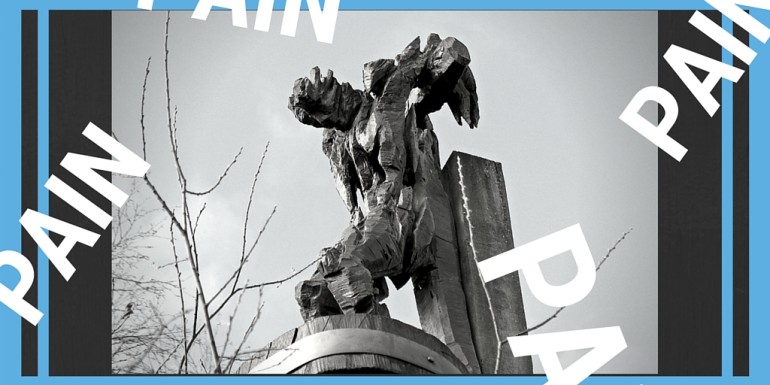
If we want a future as church planters and pastors where we not only survive, but actually thrive, become more free, become more alive, and where we live with a growing sense of vibrancy and joy, then we have to learn what to do with our pain. The Franciscan priest and leading voice in the field of contemplation, Richard Rohr, says that at one level, spirituality is all about what we do with our pain. This is not only a profound insight, but a critical key to unlock a more enjoyable future for pastors because of the inevitability of pain that we are going to be confronted with in our journey.
What We Do with Pain Paves the Future’s Path
That couple in your church that brings you a degree of peace because of how reliable they are might not show up to that thing that you are doing. That young man you are spending time with discipling and giving yourself to might be developing an unhealthy attachment to you. And as a result of this attachment, he is going to create unrealistic expectations of you. So when that moment comes when you think things are going great, he is going to sit down with you and let you know how much you hurt him and how much you disappointed him. They will say they miss how it used to be. You will find out about criticism in direct ways. People are going to unexpectedly leave. Pain is a part of the package.Learning what to do with our pain determines whether we are going to:
- close down or open up
- hold on or let go
- experience anger or acceptance
- hold back or keep going
What We Do with Pain Determines Our Joy
In Matthew 18, we encounter an interesting conversation between Jesus and Peter. “Then Peter came to Jesus and asked, ‘Lord, how many times shall I forgive my brother or sister who sins against me? Up to seven times?’ Jesus answered, not seven times, but seventy-seven times.” Then immediately after this exchange, Jesus proceeds to tell a compelling story that is broadly about mercy and forgiveness.Now, despite all of the social and cultural details that would open this story up further, I am going to focus on a very simple reading of this text. This is not about a math equation that helps us figure out how many different times we are supposed to forgive individuals when they betray us, make mistakes, or cause us pain. This is about a more universal posture of forgiveness we embrace toward life itself. At its most simple and radical level, Jesus is inviting human beings to forgive reality itself for being flawed. This is about accepting reality for what it is, forgiving reality for what it is not, and letting go of the need for anything to be different than it is right now in order for you to be able to experience the grace and peace Christ offers.
It is no longer fundamentally about choosing to forgive individuals when they hurt us, it is actually about choosing to express to them the universal forgiveness you have already offered to the world. It is not so much that we choose to forgive this one person. It is more of a contextual embodiment of the posture of acceptance and forgiveness that is woven into our very being. We accept the pain they caused, let go of the need for them to be different than they are, and forgive them of their sins, because we have already accepted pain as a part of life, we have already let go of the need for the world to be different, and we have already forgiven the world for being a place where sin exists.
One phrase that has emerged from within me and has consciously been held in place for me these past few years leading into planting our church is this:
It hurts because its painful, it bothers you because you can’t accept it.
The majority of the long-term pain and discomfort within us does not come from the pain someone causes to us in and of itself. It comes from our inability to accept the pain, to forgive the person, and to let go of the need for things to be any different than they are right now to be at peace. It is not the reality of pain that destroys us, but our resistance to it. It is through learning the art of acceptance and forgiveness that we finally know how to do what we need to do with our pain—let go of it. This is where we discover that forgiveness is the only path through our pain and into the future.
Tidak ada komentar:
Posting Komentar